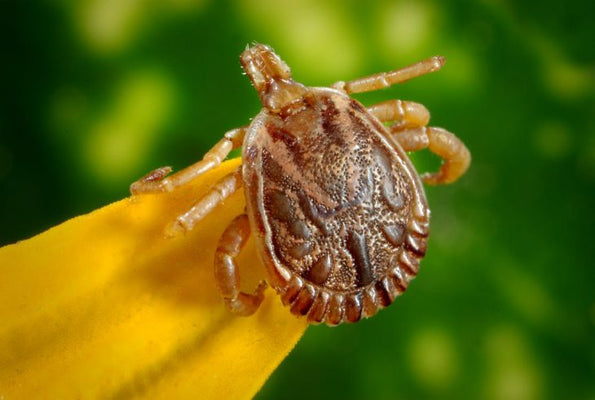Fleas and ticks are a common occurrence in cats and dogs, so don’t feel discouraged and blame yourself should your beloved pet come in contact with fleas and ticks. Although infestations are extremely common and treatable, there are measures you can take to prevent infestations. In this blog post, we shall discuss the cause of flea & tick infestations and some ways to safely prevent or remove them.
Infestation of fleas, ticks and other nasty pests can occur any time of year, but they are more common during the hotter months as they tend to breed faster in warmer climates like Singapore. It is important to know the difference between these annoying bugs and how each can affect your precious pet so you will know the appropriate steps to take.
How to Distinguish Between Fleas and TicksFleas
Although they do not have wings, fleas are extremely mobile as they can jump very high. As they are only about ⅛ of an inch long, they can be difficult to spot with the naked eye. Fleas have a 100-day lifespan, and can live on your pet until it dies a natural death.

Another fact about fleas is that they can lay an average of 30 eggs a day, which can lead to an infestation rather quickly. They thrive in warmer climates and can live indoors. They can carry diseases such as tapeworm (another disgusting parasite!) and Bartonellosis, which is a danger to your pets if not stopped.
Ticks
Ticks are slightly bigger than fleas and have 8 legs, similar to a spider. Much more commonly found in Singapore when compared to fleas, they do not stay on one host as fleas do.

They have a lifespan of three weeks to three years and can lay over a thousand eggs at a time. They prefer slightly colder climates, so they are more often spotted during rainy or monsoon seasons. Ticks can carry diseases such as Lyme Diseases and Rocky Mountain Spotted Fever.
So how does your dog or cat come in contact with ticks and fleas? The longer your pet spends time outdoors, the higher their chance of coming in contact with ticks or fleas hiding in the environment, usually tall grass. Cats and dogs can also catch them from other animals who are infested. You can even catch them yourself if you’ve been exposed to these annoying parasites, especially if you spend a great deal of time outdoors yourself!
How to Tell if Your Cat Or Dog Is Infested With Fleas and TicksAs fleas and ticks are so tiny, it is hard to see them with the naked eye. So how do you tell if your pet has fleas or ticks? There are several signs to determine if your beloved pooch or kitty is indeed infested.
You will notice that your pet is scratching a lot more and may be losing fur in certain areas. They might also lose weight and suffer from anemia due to loss of blood. Telltale signs of anemia include lethargy and pale gums.
Some pets are allergic to fleas or ticks, so keep an eye out for symptoms of an allergic reaction. Signs of a flea or tick allergy include red spots, severe itching, hair loss and flaky scabs. Your pet may also groom themselves more than usual and chew incessantly at the affected area out of frustration.

Fleas leave behind reddish brown or black specks which is known as ‘flea dirt’; it is composed of the feces excreted by fleas after ingesting blood… Yup, they are literally sucking your poor furkid’s blood. If this doesn’t make you want to kill these nasty buggers even more, we don’t know what will. You will notice these easily if you comb or brush your pet regularly.
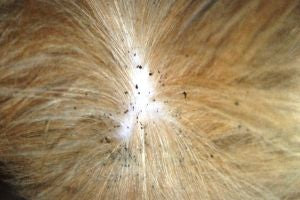
As stated previously, ticks can carry potentially fatal diseases such as Rocky Mountain Spotted Fever and Lyme Disease. Symptoms of these include the following:
- Fever
- Loss of appetite
- Extreme lethargy
- Weight Loss
- Joint pain or swelling
- Swollen lymph nodes
Getting Rid of Fleas and Ticks
So what should you do if your pet has fleas or ticks? And how do you get rid of a tick or flea infestation?
How to Safely Remove a Tick from Your Pet
Do not pay any heed to those who advise you to remove ticks with nail polish, Vaseline, rubbing alcohol, gasoline or a hot match. They can cause more harm than good. Instead, follow these steps to remove ticks from your pet:
- Cover your hands with gloves (or a tissue or paper towel)
- Use sterilised tweezers to grasp the tick from the side (close to the skin, by its head)
- Remove the tick by pulling up straight (do not twist)
- Do not pop or squeeze the tick! Quickly dispose of the tick
- Wash your hands and the affected area with Tick Shampoo
How to Treat Your Pet For Fleas And Ticks
Your pet might dislike baths, but it is one of the best ways to get rid of fleas naturally. Bathe your pet with a Flea Shampoo; this requires you to let it soak into your pet’s fur for a period of time, and thoroughly rinse it afterwards. You may have to repeat this more than once.
You may also want to use a spot-on treatment such as Frontline, Revolution and Solano. to ensure you kill any other fleas or ticks that might have survived the bath, or hopped on after the bath. Be sure to follow the directions on the packaging closely as too much can harm your pet.
How to Rid Your Home of Fleas and Ticks

Fleas and ticks can nest in your home in carpets, bedding and the like, so it is important to treat your home and your pet, otherwise there is a good chance they might become re-infested. Wash all of your pets’ toys, bedding and feeding bowls in soap and hot water to sanitise them properly.
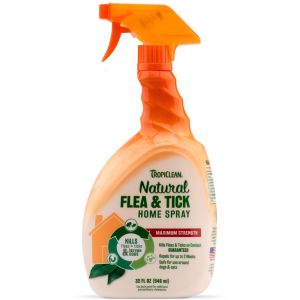
The basic rule of thumb is that anything that can be washed should be washed! Remember to mop and/or vacuum your house thoroughly and frequently too, and empty the dirty water or vacuum bag to ensure the pesky pests do not remain in your home. You can choose to spray your environment with Anti-Flea and Tick Spray, or sprinkle Anti-Flea and Tick powder after cleaning.
Flea and Tick PreventionThere’s a good reason why they say “prevention is better than the cure”. Why go through all the tedious steps and stress, when you can avoid them altogether by preventing infestations from happening? Naturally there is no 100% foolproof way to prevent flea and tick infestations, but if all it takes is a little extra effort, wouldn’t you want your pets not to suffer?
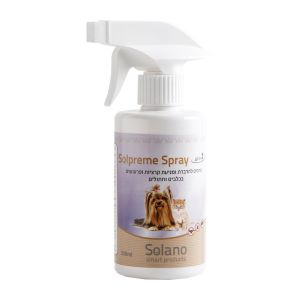
Some proper measures you can take as to prevent infestations are by using a Flea Repellent on your pet. This can be in the form of a Collar, Spray or Spot-on Medication. These vary in terms of effectiveness and invasiveness, so it depends which is higher priority to you as a pet owner.
It is important to note that there are different ways to treat both fleas and ticks. Do note that not all flea & tick treatments are appropriate for both cats and dogs. One treatment may work great for dogs, but could be toxic for cats and vice versa. Always read the packaging before you treat your pet! If in doubt, consult your veterinarian for advice.
Natural Flea & Tick Remedies
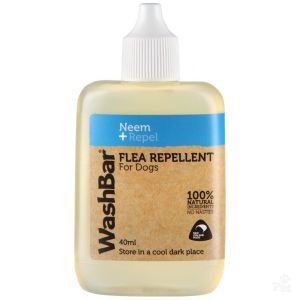
Frequent brushing or combing can help prevent fleas and ticks. While doing so, inspect their fur closely (especially their ears, paws and armpits) and treat them as soon as you notice any fleas or ticks.
Some pet owners are concerned about how their pets might react to certain chemicals, and might prefer natural prevention or treatment methods using ingredients like citronella, neem and lemongrass oil. Here are some of the products you could consider using:
- Tropiclean Natural Flea & Tick Maximum Strength Shampoo
- Pawtect Anti-Flea-and-Tick Pendant
- WashBar 100% Natural Flea Repellent for Dogs
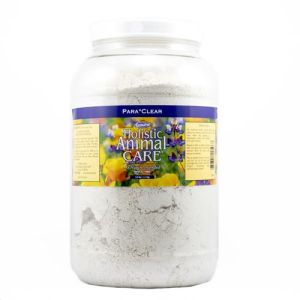
One of the easiest and most popular natural way to prevent fleas & ticks in both your house and pet is to sprinkle Diatomaceous Earth everywhere! Not only is it non-invasive, it is even safe if accidentally consumed by you or your pet.
Again, remember that some of these are specifically designed for dogs, while others are formulated for cats only. Always read the directions thoroughly before applying any of these treatments to your pets. If your pet becomes sickly or has an allergic reaction, seek immediate medical care from your vet.
